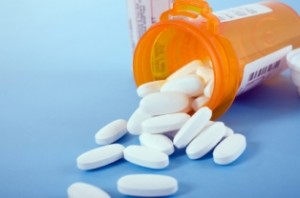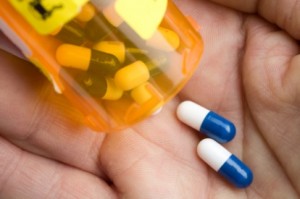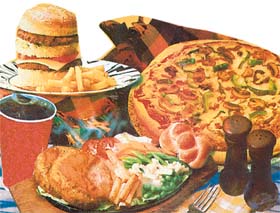Despite a $634.5 million settlement (one of the largest penalties imposed on a drug company) against Oxycontin in 2007 that found executives guilty of misleading the public about the opioid drug’s safety, pharmaceutical companies continue to race for ways to make highly dangerous pain killers more marketably “safe” against abuse. The news about a “safe” opioid is disturbing, especially at a time when addiction of prescription drugs is at epidemic proportions.
Earlier this month, the Food and Drug Administration (FDA) approved a new formula for the time-release OxyContin, which is intended to prevent the pills from being cut, broken, chewed, crushed or dissolved to release more medication. The FDA noted that such an improvement in the drug may lead to less overdose risk due to tampering. However, a pharmacist with Prescriptionaddictionradio.com has argued that the drug company has yet to present a study about the effects of heat on the drug, and that tampering could become even easier than before. And it’s known that the drug can still be abused or misused if people take more doses than recommended.
In fact, it’s after FDA approval and after the drug is released to the public that the drug company is required to conduct a study on whether the “new” formula actually reduces abuse of the drug.
Along side this news, is a report that a drug known as Acurox is looking for approval from the FDA. Acurox is a drug that contains the B vitamin niacin to oxycodone in order to combat abuse due to the fact that large doses of niacin can cause uncomfortable flushing. However, the FDA has concerns about the use of niacin as it appears to worsen the medication’s side effect profile in pain patients that weren’t abusing their dosage. The drug company also said that in addition to the niacin, other added ingredients are designed to cause burning in the nose if abuser attempts to crush and snort the drug. And the drug turns to gel if added to water or other solvents to discourage injection.
However, many are saying that it’s a lot too little and too late for drugs that has been so destructive. And that the only “safe” formula is to remove these drugs completely from the market.
For more information:
#







